Common name: Japanese anemone
Botanical name: Anemone x hybrida. Anemone means windflower because most kinds have puffy fibres to carry their seeds long distances on the wind.
Family: Anemone is in the buttercup family, the Ranunculaceae, which also contains such remarkably beautiful plants as clematis, pulsatilla and aconitum.
The Japanese anemone was an instant success when it arrived from the far east about the middle of the 19th century.
While it occurs in Japan in some forms, the ‘Japanese’ anemone is really of Chinese origin. A couple of species occur across large areas of China usually in hilly areas to an elevation of 3,000 metres, which makes it very hardy.
Its value for late flowers, and very beautiful flowers at that, was immediately recognised.
The fact that one form was collected and brought back from China by the famous plant collector, Robert Fortune, added to its allure.
A story that he had found it growing among tombs on the ramparts of Shanghai, and escaped from pirates in the China Sea on the way back, gave the plant an even more sensational reputation.
But the fact it is easy to grow, very generous in flowering and carries flowers for nearly three months from late July to October probably weighed more with the people who grew it.
Certainly, nurserymen across Europe were very quick to raise new forms and market them and this is always a sure sign of a plant that the public has shown an interest in.
Garden varieties
There are many kinds of Japanese anemone, Anemone x hybrida — the hybrida part means that it is a hybrid of two Chinese species, and like most hybrids it is more vigorous than either of its parents.
One parent has five or six petals, the other up to 20. The varieties fall in between or slightly follow one or other parent.
For instance, the very beautiful white-flowered ‘Honorine Jobert’ has seven to 10 petals, but the deep pink-rose ‘Prinz Heinrich’ has about double that number and is more narrow and daisy-like.
‘Honorine Jobert’ is an old French variety, discovered in a garden in 1858, and it is still one of the most beautiful and most popular. It is the standard white variety, even though ‘Luise Uhink’ and ‘Geante des Blanches’ both have larger white flowers.
The most commonly seen form is the ordinary pink ‘Japanese anemone’, originally called ‘Hybrida’ — it has soft pink flowers.
‘September Charm’ has slightly cupped petals which is very pretty.
‘Hadspen Abundance’ also has slightly cupped petals, only five or six to each flower and it is raspberry pink in colour with some fading towards the edge of the petal, which serves to define it clearly.
‘Konigin Charlotte’ is an old German variety with soft-pink cup-shaped flowers.
But the Japanese anemone is usually sold unnamed and this is the ordinary pink kind and it is a fine plant.
Choose a place among fairly strong perennial flowers or shrubs, usually towards the middle or back of a border. Or find a place for the Japanese anemone to grow on it own, for instance, in a corner near a driveway.
This plant is robust enough to be planted and, once established, left to get on with it.
For the first couple of years keep it free of weeds in a semi-wild situation and then it will survive by itself, not only survive but thrive and produce a long-lasting display of beautiful flowers for many years to come.
Traditionally, onions were stored in onion hanks and this is still a good way to manage your onions.
Each onion is nicely exposed to cool dry air and is less inclined to sprout than if heaped up or bagged.
An onion hank is simple to make: the onion top is wrapped around a strong cord or wire and stacked on top of each other.
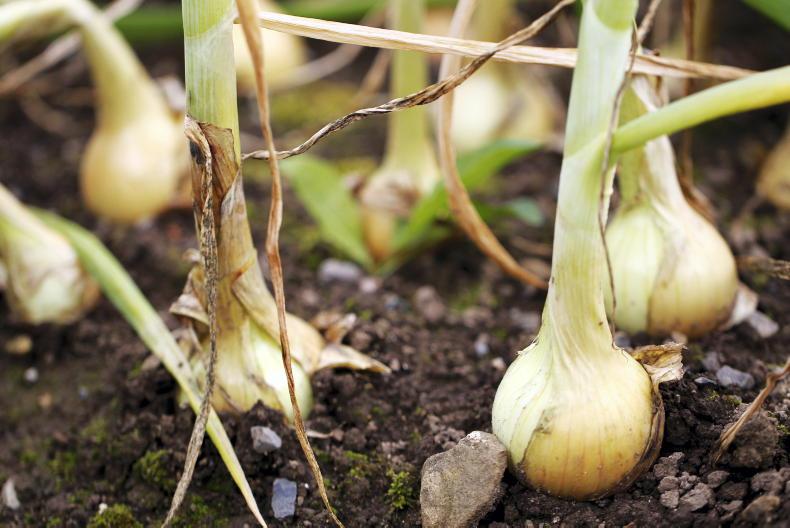
Onions are ready for lifting and store better if not left to wither while still in the ground.
Once the tops fall over and begin to yellow, the bulbs can be lifted and allowed to dry on top of the soil, or on a clean bit of ground, or even in a tunnel or greenhouse to ‘ripen’.
When the tops are dry, the hank can be made or the bulbs put into onion bags that allow air to pass through keeping them dry. Store in a cool, dry place.
Trees and shrubs
Trees and shrubs have made good growth in the last month after a very slow start. Young trees that struggled have recovered well, but some still look a bit dodgy and may not make it through winter because of lack of stored sugars.
Lawns
Lawns have been growing well. A few warm days kept the soil temperatures up and the result is that lawns are looking their very best. Little need be done except to keep the grass mown. Autumn lawn fertiliser could be applied if the grass is a bit sluggish.
Flowers
Bedding and container annuals will last longer if given some liquid feeding now — they still have two months in them but will fade long before that without feeding and regular watering. Spring bulbs are appearing in the shops.
Fruit, vegetables and herbs
The vegetable garden will have gone past its summer peak with early cabbage and cauliflower, first carrots, French beans, broccoli and peas finished and second sowings ready. Sweetcorn will still be coming in, also parsnips, potatoes and swede turnips.
Greenhouse and house plants
Keep picking greenhouse tomatoes, peppers and cucumbers as soon as they come ready - otherwise cropping tails off quickly. Stop feeding most greenhouse plants now because they will have enough in the pot to keep them going.




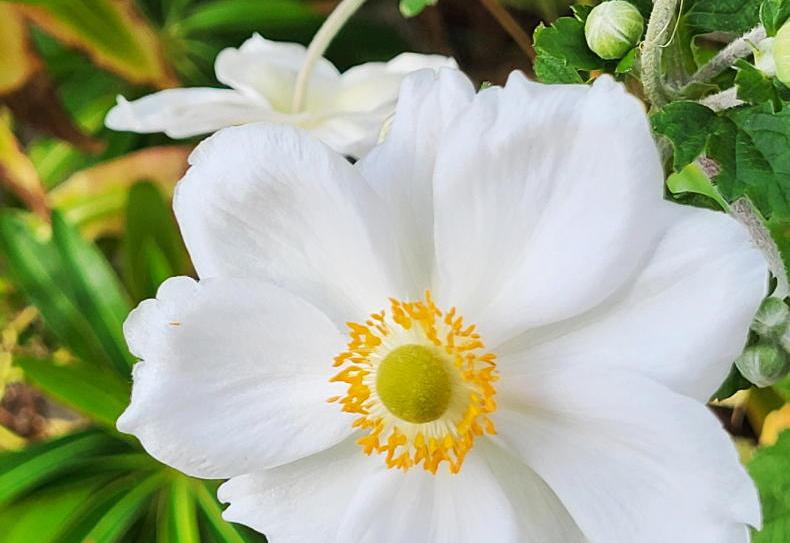
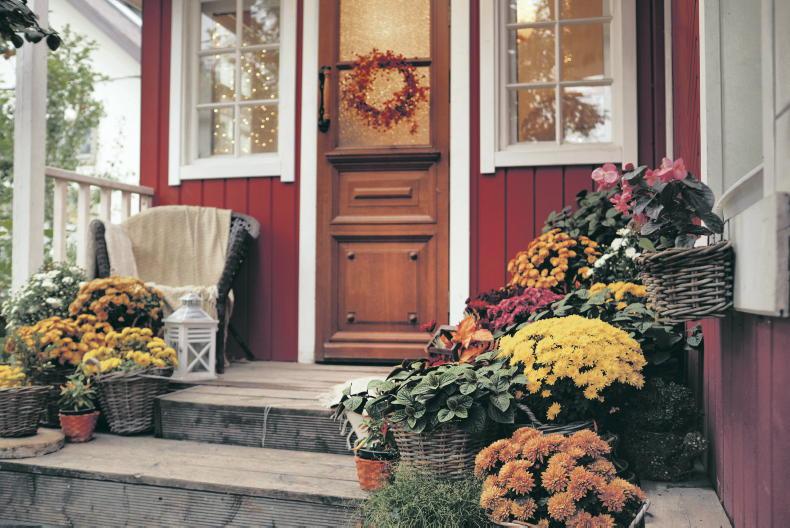
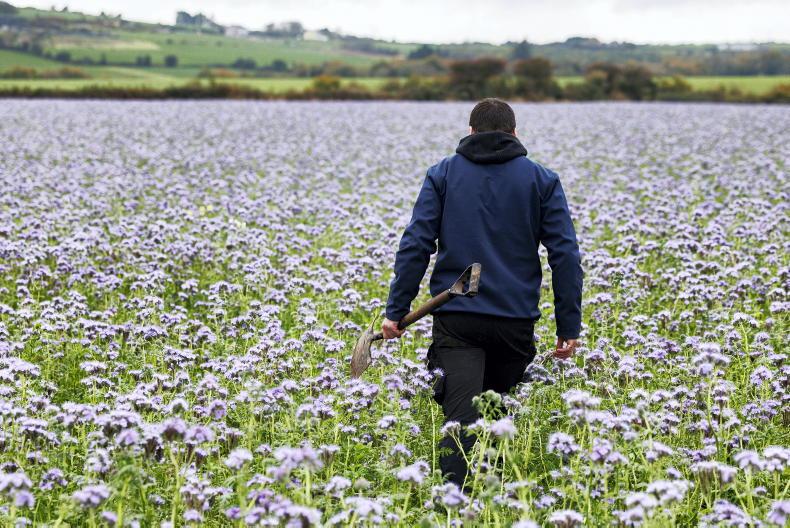

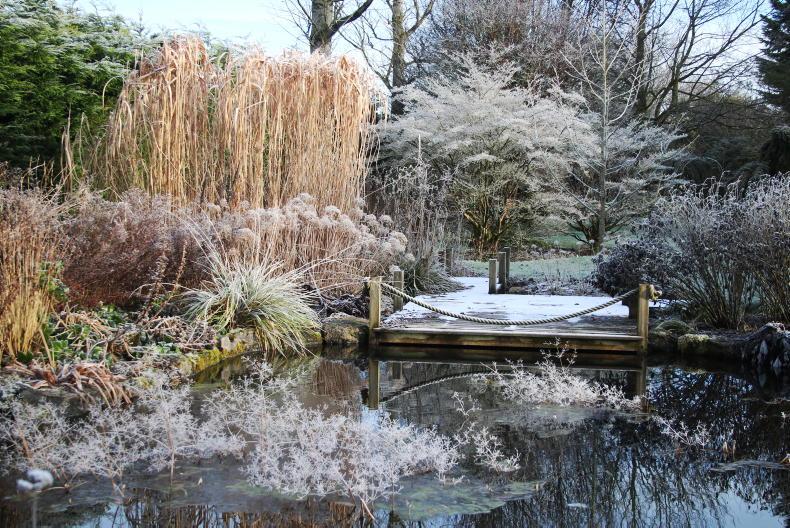
SHARING OPTIONS